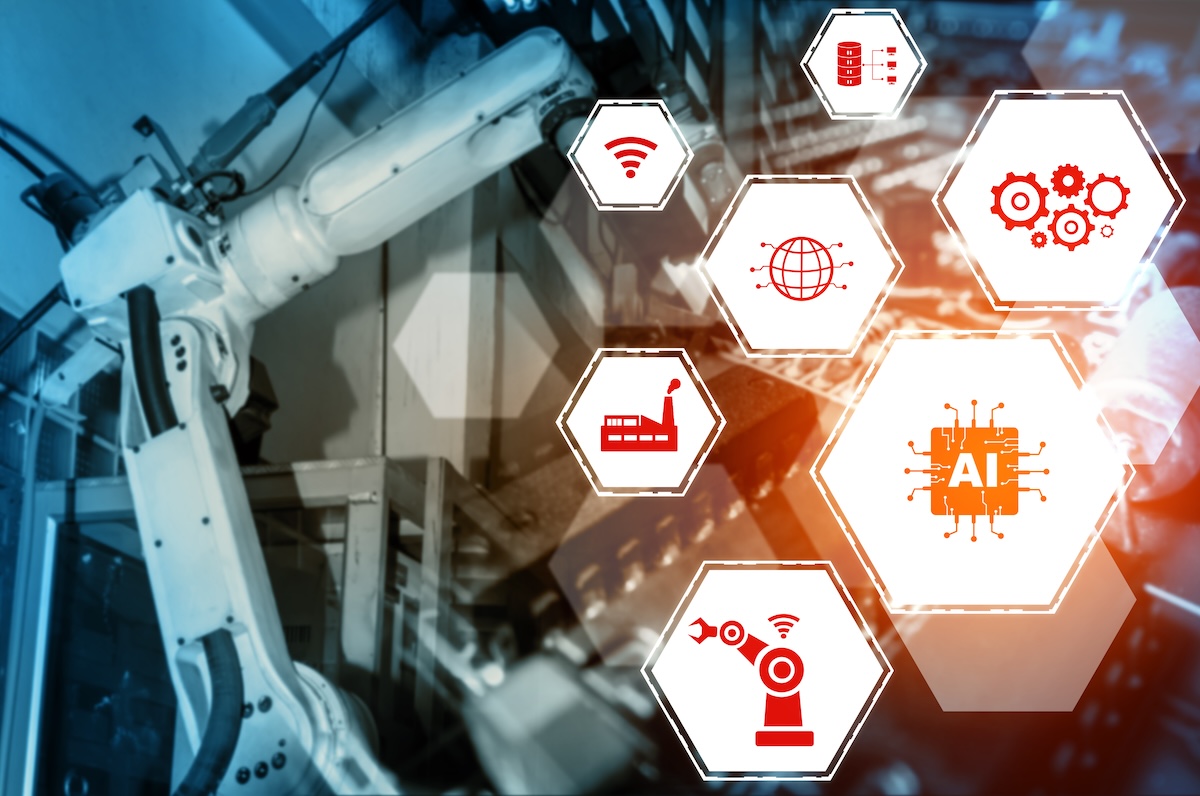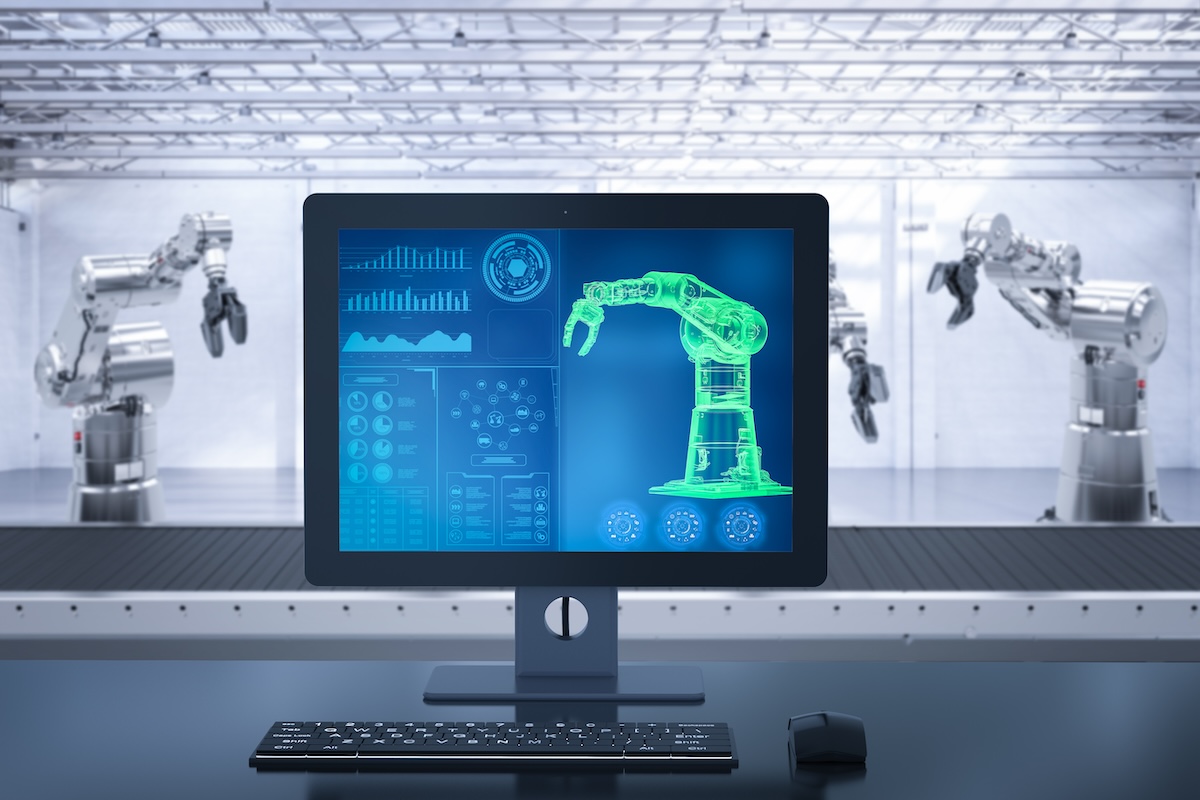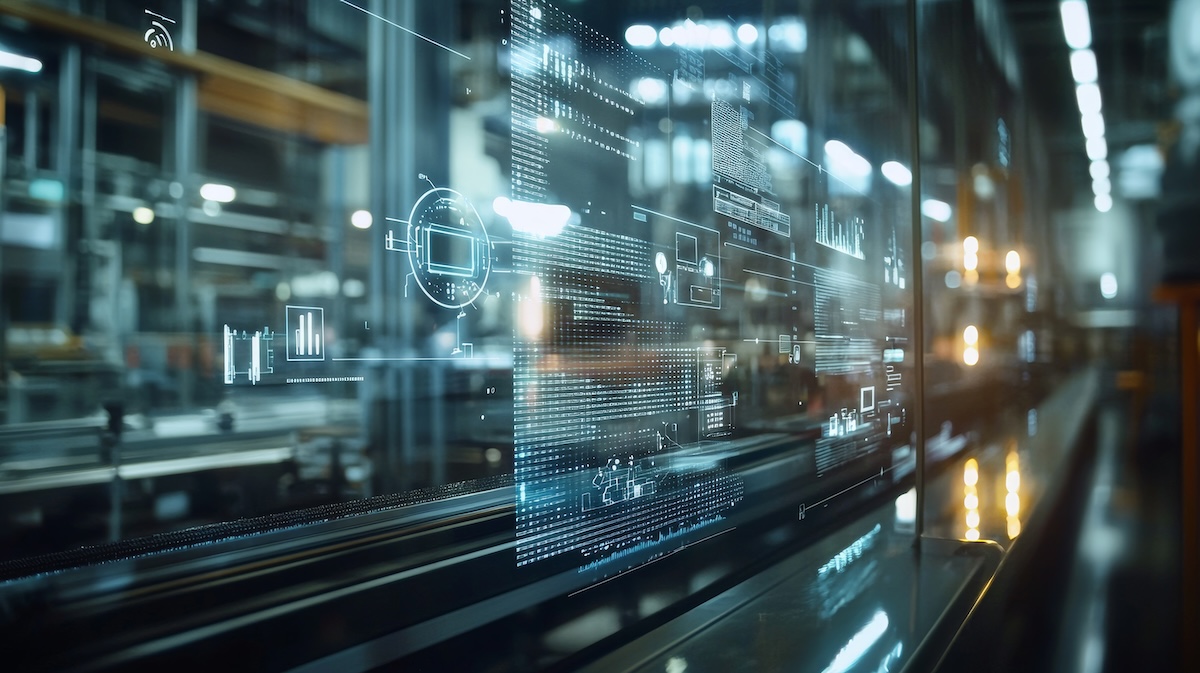Embracing Change: Key Trends Shaping the Future of Manufacturing
The manufacturing industry is facing significant challenges and opportunities, driven by technological advancements, shifting supply chain dynamics, and evolving workforce needs. A recent survey highlighted the current state of the industry, showing that 88% of respondents have already implemented artificial intelligence (AI) in manufacturing and supply chain operations. Additionally, 54% stated that improving manufacturing and supply chain visibility is their top business priority. Meanwhile, 39% of respondents identified labor costs and workforce shortages as key concerns for industry leaders.
So, what does this mean for manufacturing leadership?
It’s time to embrace emerging technologies.
Technologies such as AI, automation, IoT, and advanced robotics are no longer futuristic concepts, they are essential solutions for today’s manufacturers. These innovations can significantly improve productivity, streamline operations, and reduce downtime. In fact, according to Deloitte, over 70% of surveyed manufacturers have integrated technologies like data analytics and cloud computing into their processes, and nearly half are already harnessing the power of IoT-enabled sensors, devices, and systems. For example, a manufacturing plant producing consumer electronics could implement IoT sensors to monitor equipment performance in real-time. If these sensors detect an anomaly indicating a potential failure, an advanced system can automatically schedule maintenance before a breakdown occurs, resulting in a reduction in downtime and increased efficiency. Manufacturers who integrate these technologies into their operations will be better positioned to meet customer demands, increase output, and stay ahead of competitors.
It’s time to nearshore manufacturing plants.
Supply chain disruptions have created significant hurdles for manufacturers in recent years, and the challenges are far from over, with the 2024 election expected to add further complexity. KPMG also reported that manufacturers will continue to see supply chain volatility, driven by geopolitical tensions, extreme weather, and labor strikes through the end of the year. Manufacturers who embrace nearshoring and look to bring operations closer to home will be better equipped to mitigate these risks by reducing dependence on distant suppliers and minimizing exposure to global uncertainties. As a result, manufacturers can respond more quickly to customer demands, navigate disruptions more effectively, and maintain a more stable supply chain that is prepared for future challenges.
It’s time to continue focusing on workforce development.
As manufacturing technologies evolve, so must employee skill sets. The demand for skilled workers is growing, yet the industry continues to face a significant talent gap. It’s estimated that by 2034, 3.8 million manufacturing jobs will be needed, and 1.9 million are expected to be unfilled. To bridge this gap, manufacturers need to prioritize upskilling and workforce development so that employees can learn advanced technologies and digital tools necessary for modern manufacturing practices. By investing in training programs that prepare employees to manage sophisticated machinery, software, and processes, companies can close the skills gap and ensure long-term growth. Building a well-trained workforce is not only essential for staying competitive but it’s also critical for driving innovation, improving employee retention, and fostering a culture of continuous improvement.
As we head into 2025, the path forward for manufacturers is clear: those who act now to modernize their operations, rethink their supply chains, and invest in their workforce will be leaders of the next wave of industry transformation. Manufacturers must work hard to address immediate challenges, but also position themselves for sustained success in the future.
About the author
 This article was written by Gustavo Sepulveda, Process Automation Business Head, Panasonic Connect North America.
This article was written by Gustavo Sepulveda, Process Automation Business Head, Panasonic Connect North America.
Related articles:



